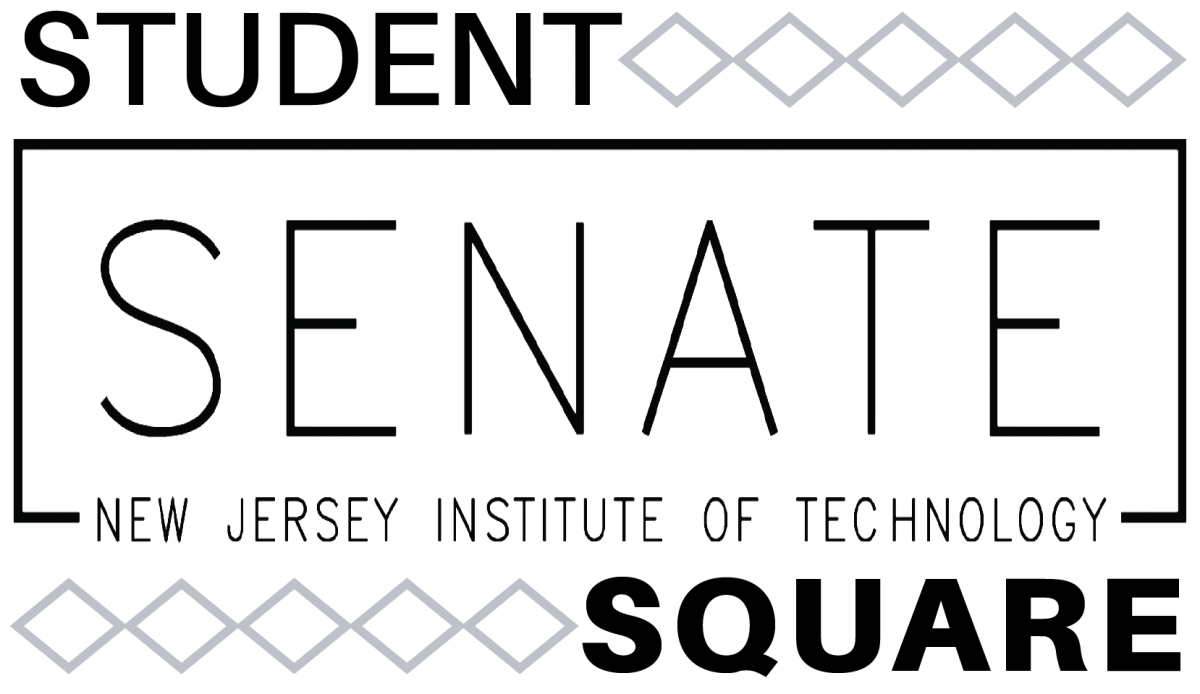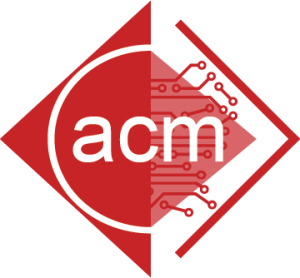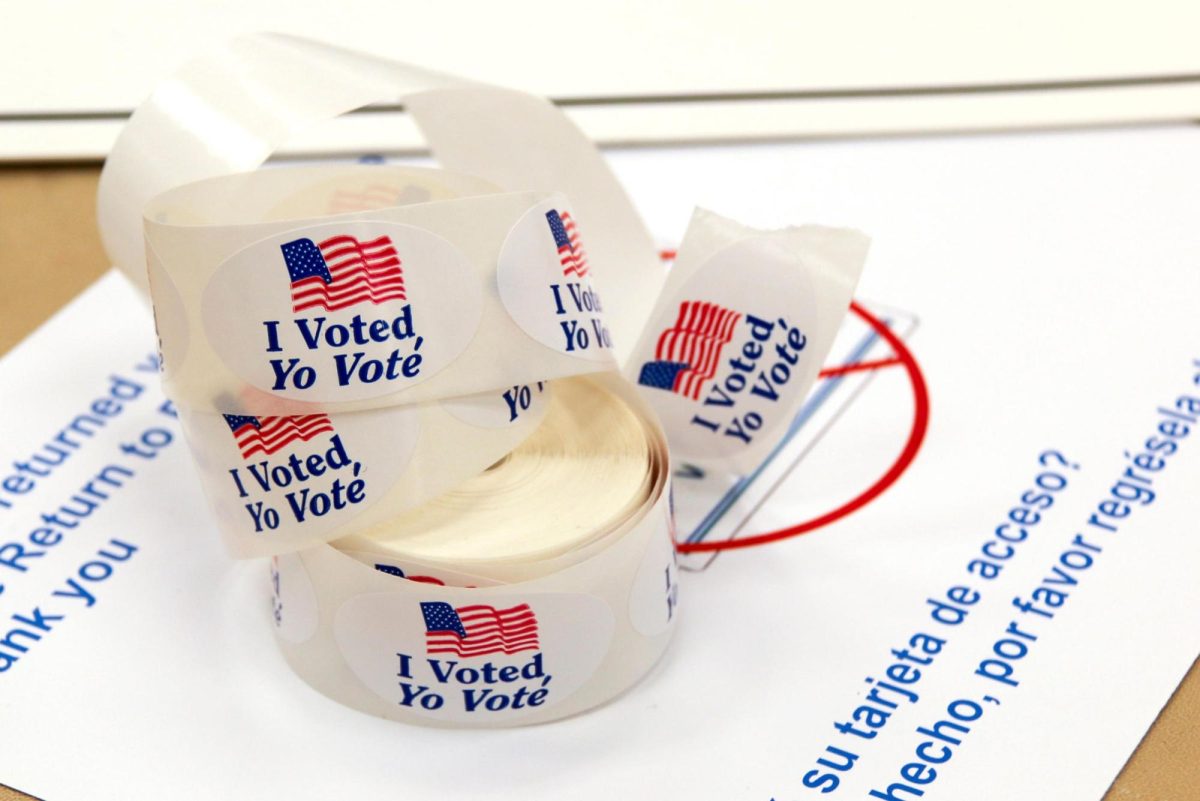By Babatunde Ojo
Small or large, life changing or convenient, we at The Vector would like to present information that could have an impact on the students and faculty. It is information that can be used on and off campus. There is never any harm in learning something new, since you never know when that knowledge will be helpful. At the end of each article, our goal is to elicit a mental or audible, “that’s good to know.”
With every new social media application comes new opportunities for people to engage in discussions with one another about what is relevant in the news and their own lives. During these conversations, you might type faster than your mind can think, resulting in mistakes and confusing statements. The spell check capability built into modern smartphones also discourages users from properly checking their grammar.
With that in mind, here are three commonly overlooked grammatical rules, which usually go unnoticed by built-in spell checkers:
The difference between “i.e.” and “e.g.”
The phrase i.e. is an abbreviation of the Latin phrase id est, which is used to say “that is to say.” Similarly, “e.g.” (latin for exempli gratia) can be thought of as “example given”. Both are used to provide examples to clarify statements; the difference lies in the type of clarification. “E.g.” precedes a general example, whereas “i.e.” precedes the only and defining example.
Here’s an example of the proper use of e.g.:
“Old movies have great storylines that are relevant to today, e.g., “Metropolis”.
Here’s an example of the proper use of i.e.:
“The service charges are included in the total; i.e., you don’t need to leave a tip”.
Now would be a good time to talk about that semicolon…
Using a semicolon (;)
The semicolon is something akin to the fancy toppings you would get on a high class pizza, i.e., something that you do not really need, but using it makes you seem more sophisticated. Just like a pizza and toppings, a semicolon is used to link two subjects or ideas together that are somewhat related. “Some people listen to music with headphones; others listen with their boom box for everyone to hear.” You can link just about anything together with semicolons if you are trying to give a stronger impression. However, remember that only two independent phrases can be linked with a semicolon. In other words, the part before the semicolon must be able to stand alone as a full sentence, and the part after the semicolon must also be able to stand alone as a full sentence.
Lastly…
The difference between “affect” and “effect”
English is not an easy language, even for those who have been speaking it every day of their lives. Words that sound the same, but are spelled slightly differently with different meanings support this. The word “affect” means “to act upon” and can be followed by “effect”, which means “to create.” In other words, when you act towards an object, you are affecting it. Slowing down in the middle of the road might affect traffic behind you, or it can effect traffic, for example, by creating it. It can be confusing, so reviewing these guidelines every now and then can’t hurt.
































